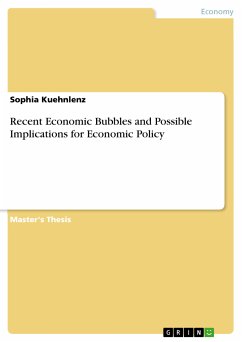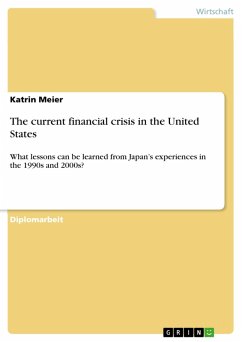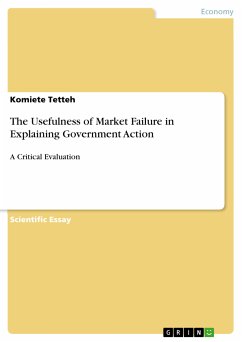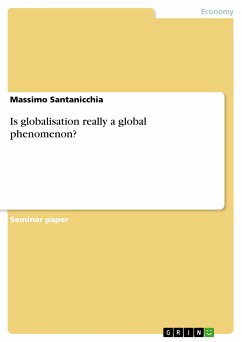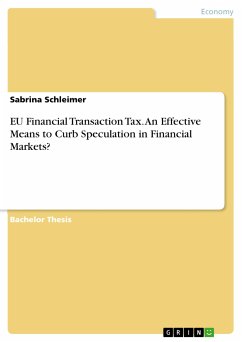Master's Thesis from the year 2013 in the subject Business economics - Economic Policy, grade: 1,3, University of Bamberg, course: Volkswirtschaftslehre Dynamische Wirtschaftspolitik, language: English, abstract: Repeatedly bubbles occur during times of "extended investments in infrastructure such as canals or railroads"(Charles P. Kindleberger, "Manias, Panics and Crashes", p. 10) or around technological inventions that are made available for the general public such as cars, electricity, phone - lines and the internet. They go hand in hand with financial inventions, financial liberalization and excess leverage. Examples are, among many others, the Japanese Asset Price bubble of the late 1980ies and early 1990ies, the Dot-Com bubble 1997-2000, as well as the recent Financial Crisis 2007-2008. Frequently these bubbles are fueled by the overoptimistic outlook not only of the so-called experts or gurus but also by the extremely positive perception of the general public resulting in a "this - time - is - different - feeling", "new - era - talks" or the "it -won't happen - to - us - believe"(See for example Shiller, Kindleberger, Reinhart and Rogoff, Galbraith). Most of the time these bubbles are self - feeding processes. Business expansion leads to economic growth and greater income. Public spending increases which leads to the need of expanding production. Credit is needed for investment and during times of a boom it is easily made available. Often new financial instruments come into play as well as the deregulation of financial markets to meet the demand for credit. Businesses can expand further which results in ever increasing income and greater expectations about the future. Creditors become less risk averse and grant loans to individuals or firms that would have not met the necessary requirements before. People feel richer since their wealth is re - classified so that their assets and property are all of the sudden worth more for no realistic reason (renovate a home for example which would account for an increase in value). In combination with low interest rates, more and more investments and purchases are financed through excess leverage creating a vicious cycle of easy credit, money illusion and the adjustment of fundamental values. Great hikes in the markets are considered as a result of the new economy that has been created. Historical levels of the markets and where the level of fundamentals should really be are completely ignored. Currently we can only assess bubbles in retrospective, psychological factors which may help to explain the unexplainable are hardly considered in basic economic models.The only thing that is certain is that bubbles always burst.
Dieser Download kann aus rechtlichen Gründen nur mit Rechnungsadresse in A, B, BG, CY, CZ, D, DK, EW, E, FIN, F, GR, HR, H, IRL, I, LT, L, LR, M, NL, PL, P, R, S, SLO, SK ausgeliefert werden.

